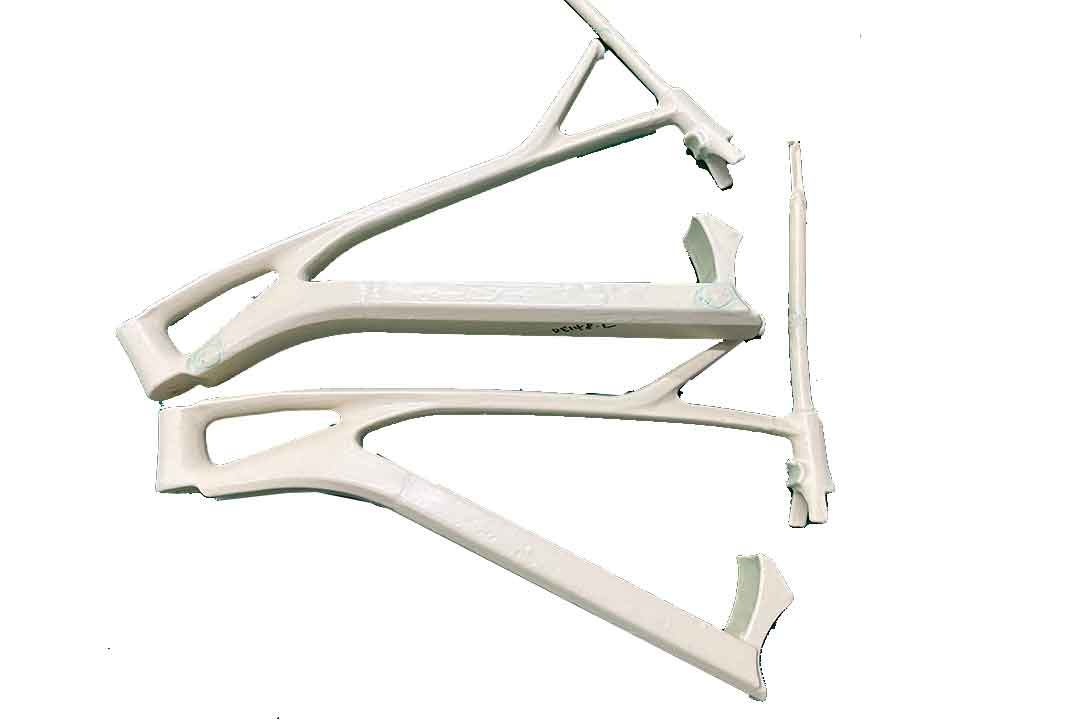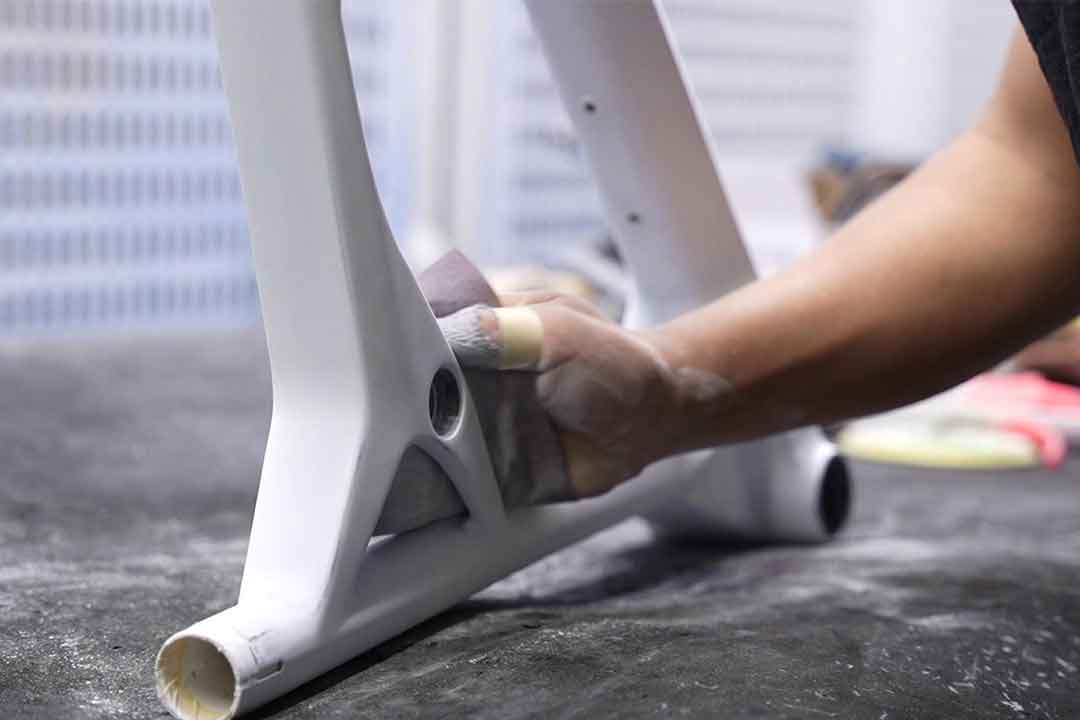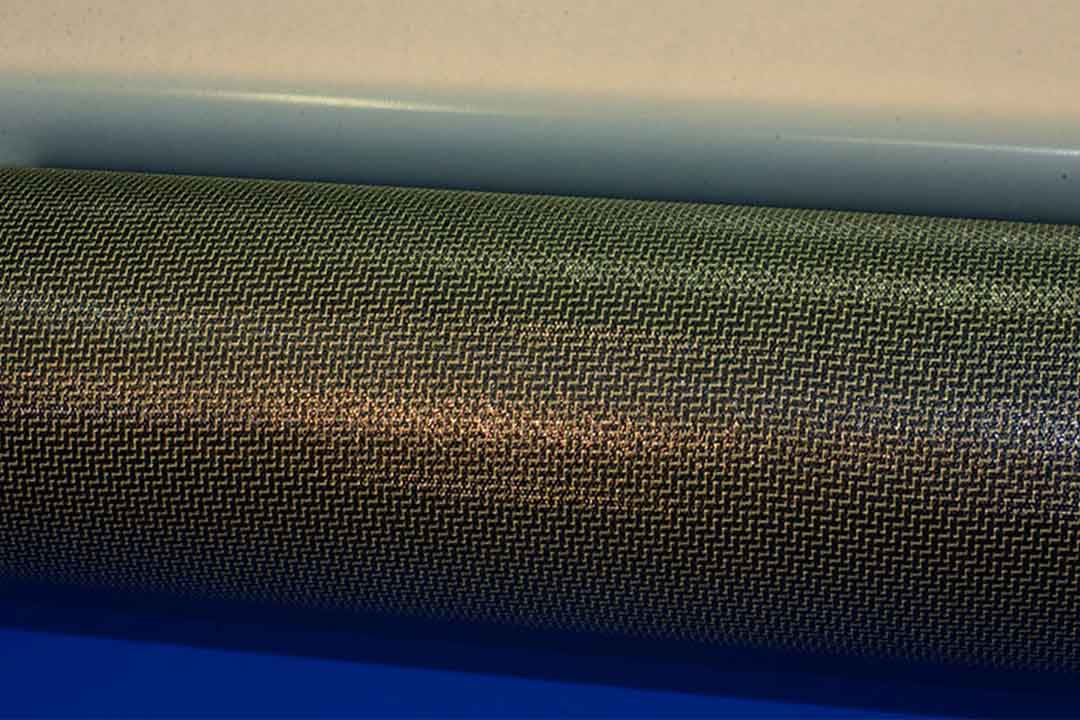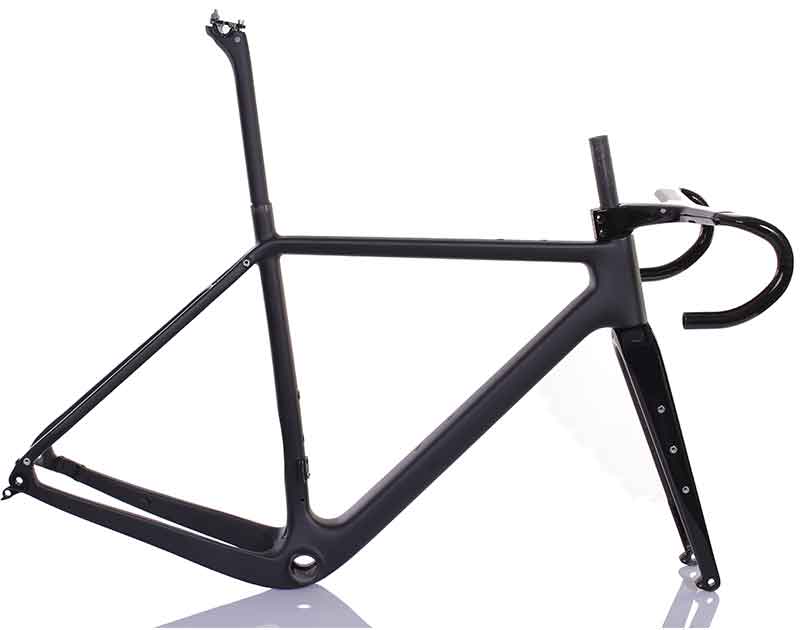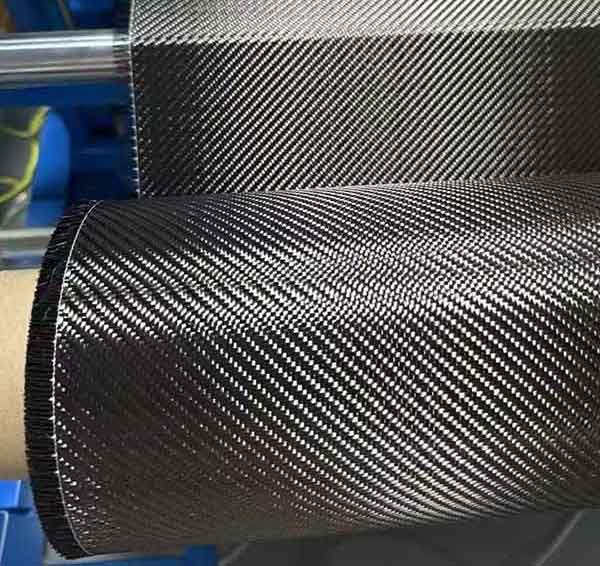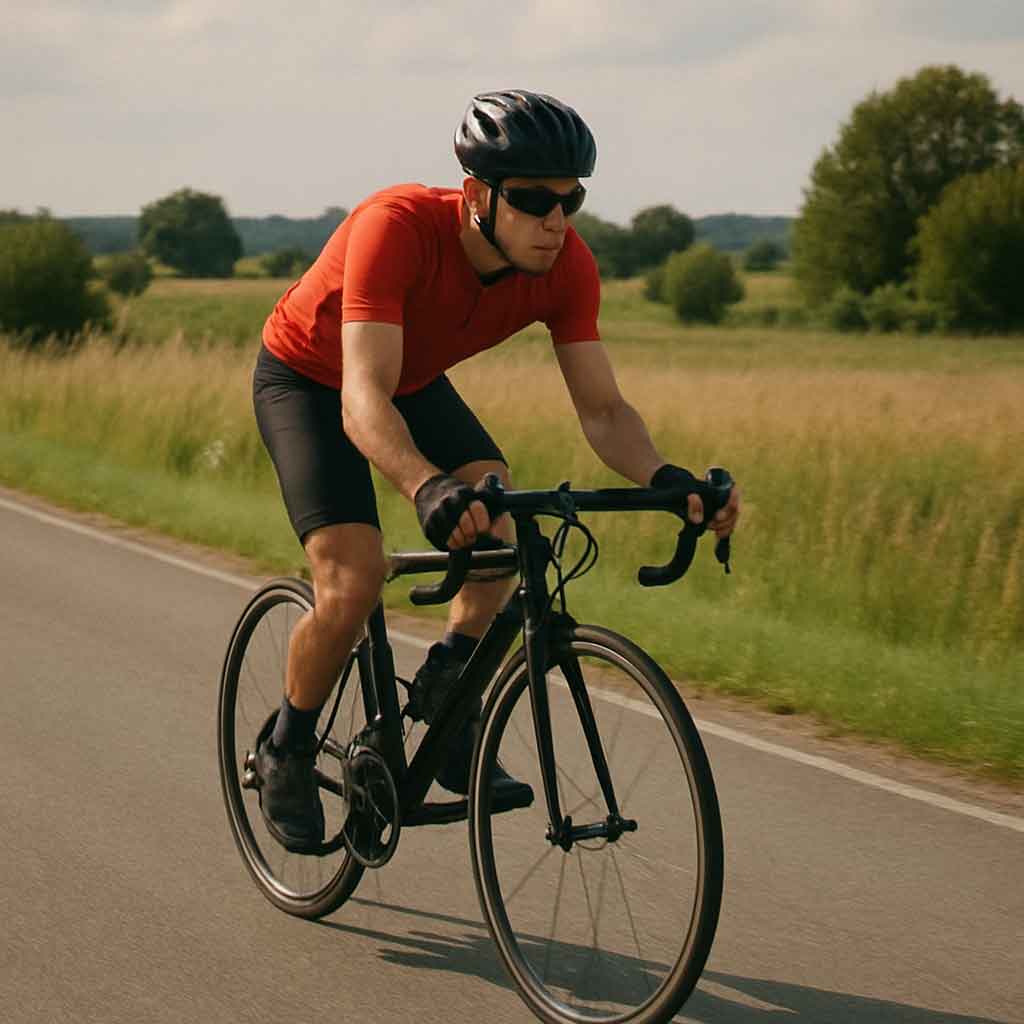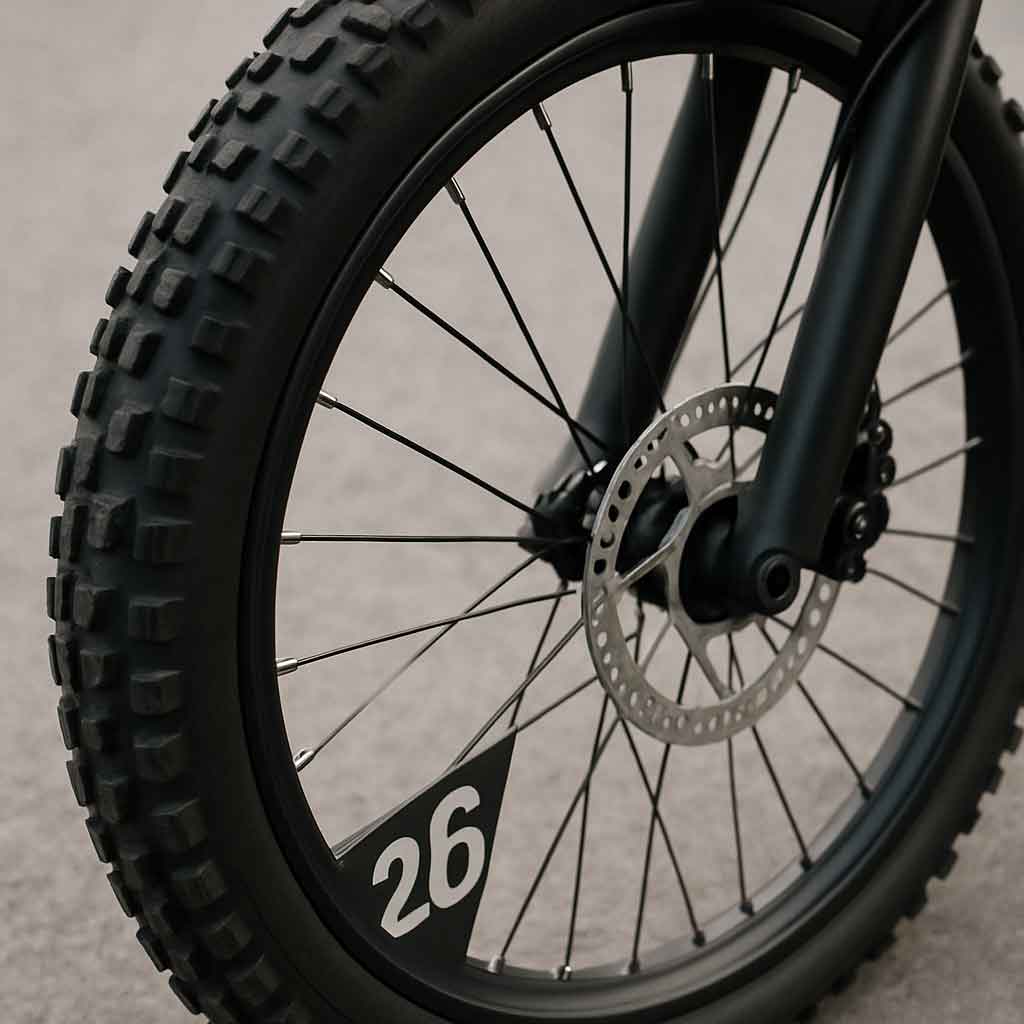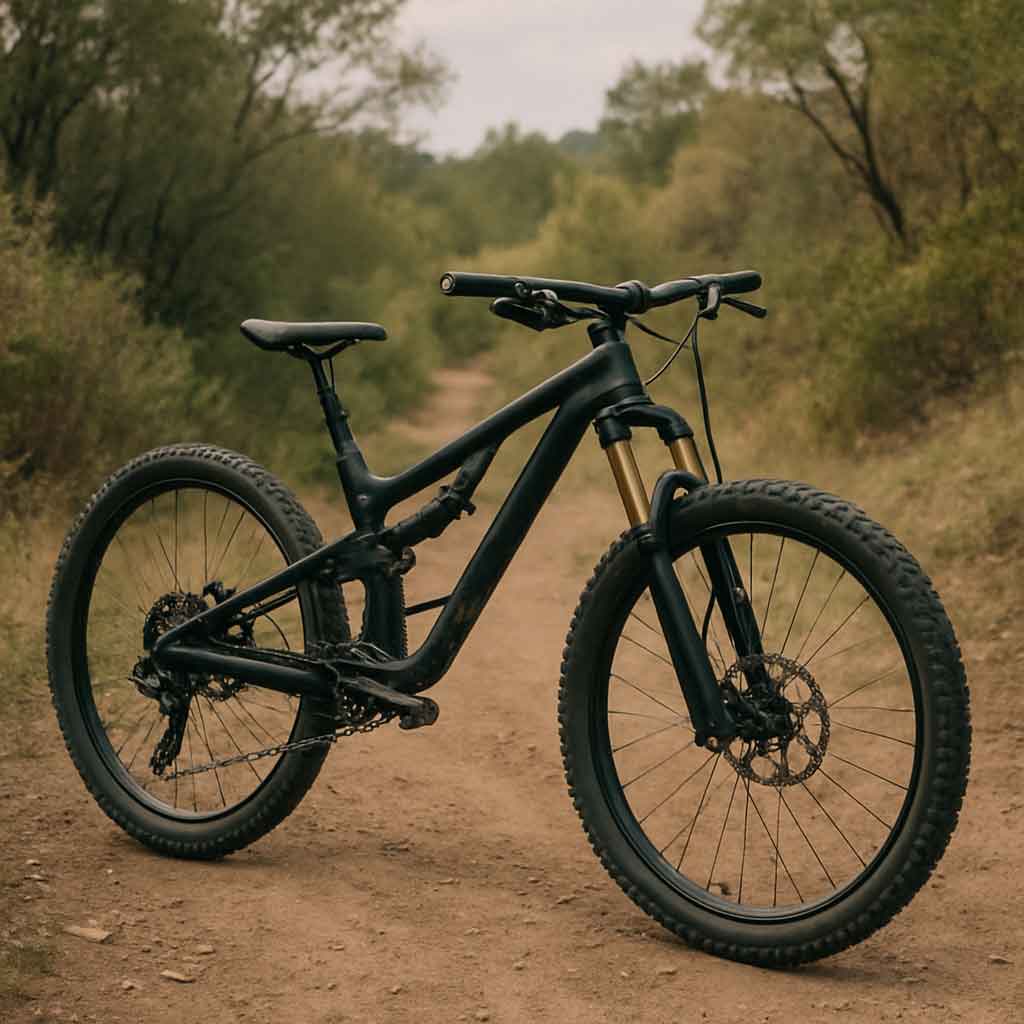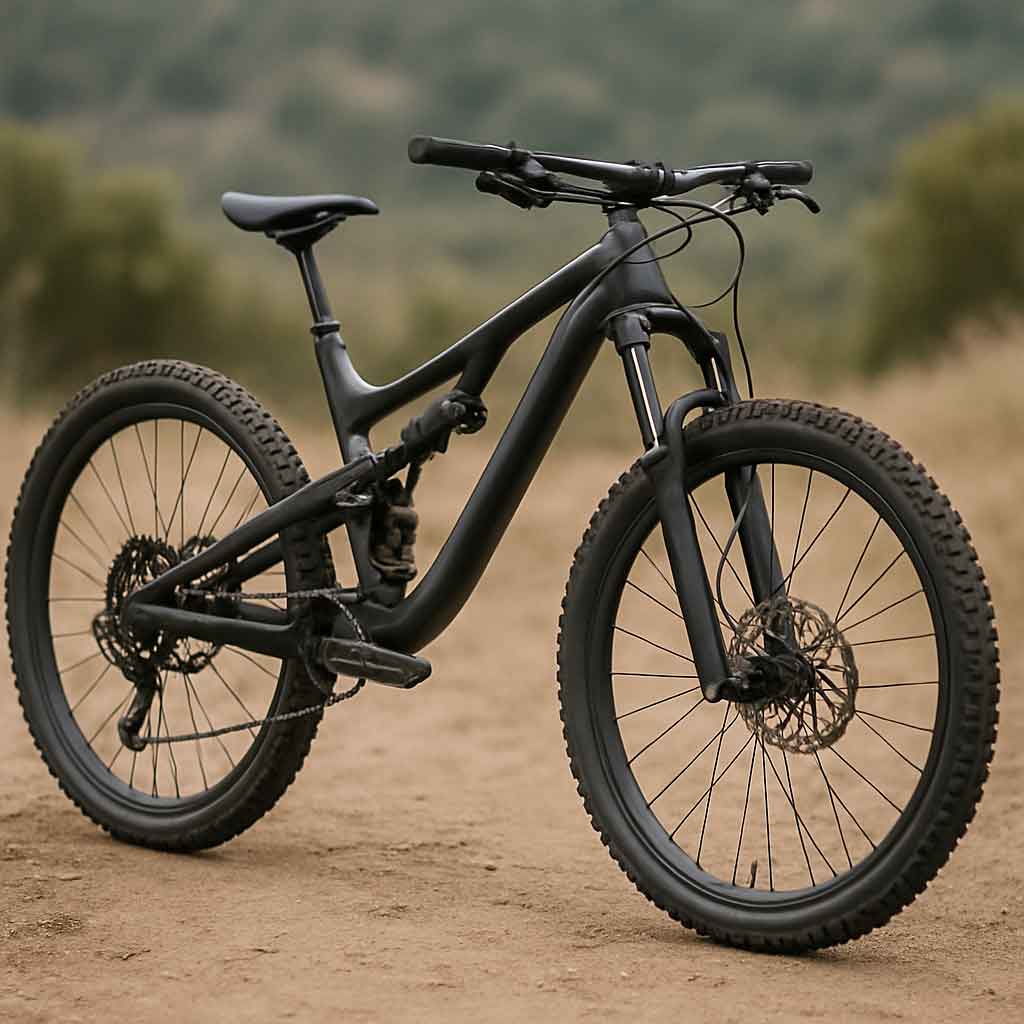Welcome to Mondince Bike - A well-known factory specialized in produce carbon bike frame and other parts since 2007.
Understanding Gravel Bike Frame Size Guide
Choosing the right gravel bike frame size is a pivotal decision for any cyclist. Whether you're a seasoned rider or a beginner, a well-fitted bike can significantly enhance your cycling experience. It not only boosts comfort but also maximizes performance and minimizes the risk of injury. This comprehensive guide will delve into the essentials of understanding gravel bike frame sizes, ensuring you find the perfect fit for your cycling needs.
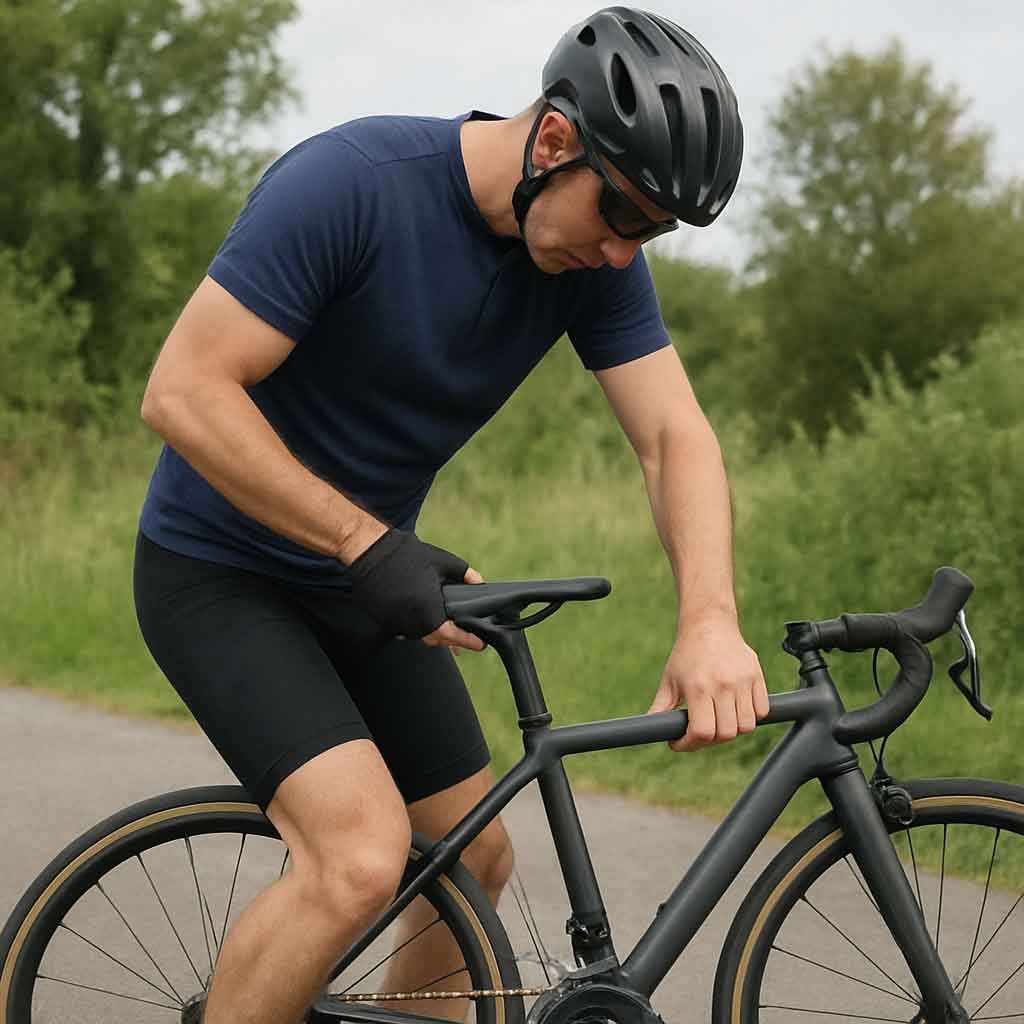
Enhancing Comfort
A properly sized bike frame is the cornerstone of a comfortable ride. When your bike aligns with your body's dimensions, you can maintain a natural riding position that reduces strain on your muscles and joints. This comfort extends to your rides, allowing you to enjoy longer journeys without discomfort.
Optimizing Performance
Performance on a gravel bike isn't just about speed; it's about efficiency. A bike that's too small may cause cramped positioning, leading to inefficient pedaling and energy loss. Conversely, a frame that's too large can be cumbersome and unwieldy, hindering your ability to maneuver effectively. The right frame size ensures that every pedal stroke translates into forward momentum.
Reducing Risk of Injury
Injuries in cycling often stem from poor posture and positioning. An ill-fitting bike can lead to repetitive strain injuries, especially in the knees, back, and neck. A correctly sized frame promotes proper posture, reducing the risk of these common cycling injuries. Moreover, it allows for quick dismounts in emergencies, enhancing safety.
Key Measurements for Determining Frame Size
Selecting the perfect gravel bike frame size involves understanding several critical measurements that influence your bike's fit and feel.
Stand-Over Height
Stand-over height is the vertical distance from the ground to the top of the bike's top tube. Ideally, when you straddle the bike, there should be a 1-2 inch clearance between the top tube and your body. This gap is crucial for safety, allowing for quick dismounts, especially on uneven terrain or during sudden stops.
Reach and Stack
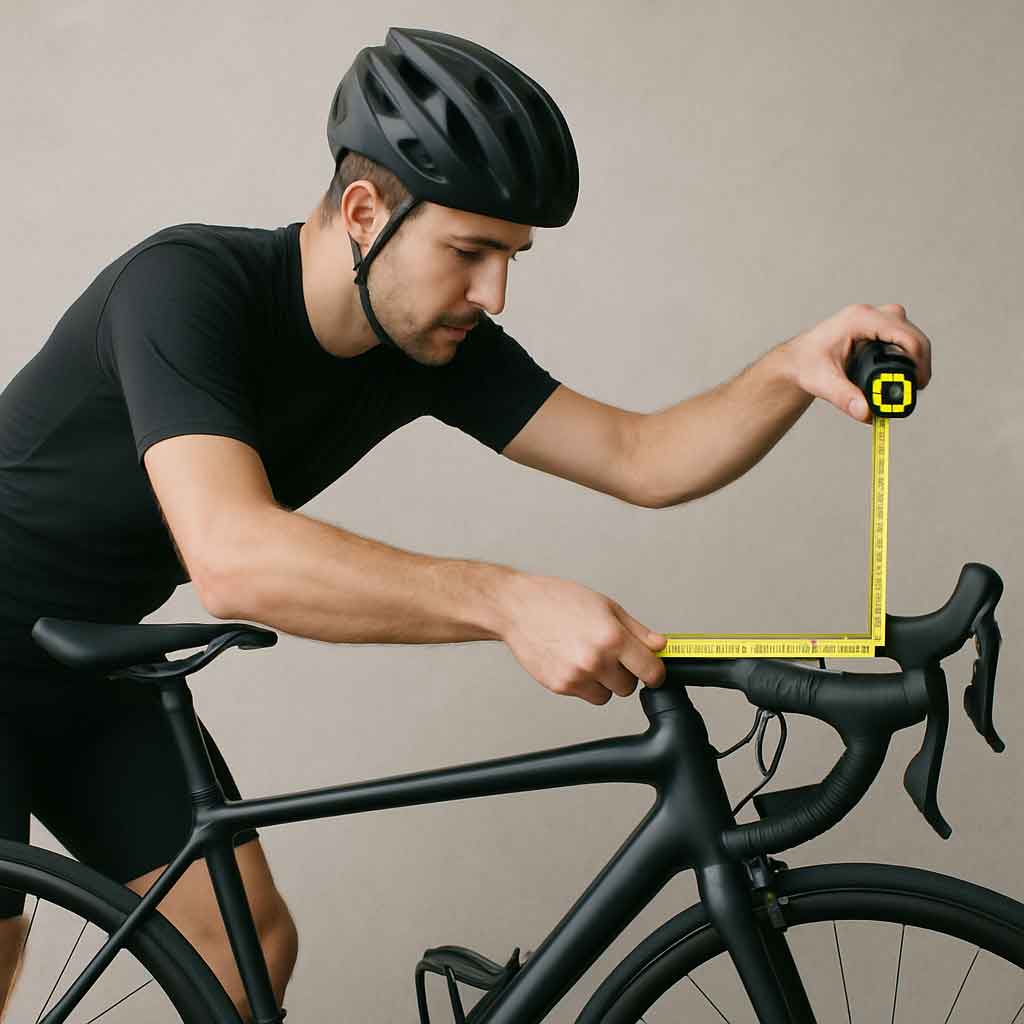
Reach refers to the horizontal distance from the center of the bottom bracket to the center of the head tube. It dictates how stretched out you'll be on the bike, affecting control and comfort. Stack, the vertical distance from the bottom bracket to the top of the head tube, influences your upright position. Balancing these measurements ensures you can maintain control without compromising comfort.
Effective Top Tube Length
The effective top tube length is a horizontal measurement between the head tube and the seat tube. It's a key factor in determining the bike's overall feel, influencing how comfortable you'll be during extended rides. A longer top tube might offer a more aerodynamic position, while a shorter one provides a relaxed stance.
Seat Tube Length
The seat tube length extends from the bottom bracket to the top of the seat tube. This measurement impacts the bike's fit, dictating how high or low you can position your saddle. Ensuring the correct seat tube length helps maintain a comfortable leg extension during pedaling.
Handlebar Width
While not a direct frame measurement, handlebar width plays a role in your bike's overall fit. Wider handlebars offer more control and stability, especially on rough terrain, while narrower ones can enhance aerodynamics. Matching handlebar width to your shoulder width enhances comfort and control.
Using a Gravel Bike Frame Size Chart
A gravel bike frame size chart can be an invaluable tool when selecting a bike. These charts typically align your height and inseam length with the appropriate bike frame size. Here's a general guide to help you navigate a typical bike size chart:
- Extra Small (XS): For riders 4'10" - 5'2" with an inseam of 25" - 27"
- Small (S): For riders 5'2" - 5'6" with an inseam of 27" - 29"
- Medium (M): For riders 5'6" - 5'10" with an inseam of 29" - 31"
- Large (L): For riders 5'10" - 6'2" with an inseam of 31" - 33"
- Extra Large (XL): For riders 6'2" - 6'6" with an inseam of 33" - 35"
Interpreting Size Charts
While these sizes provide a general guideline, it's crucial to interpret them correctly. Always consider both your height and inseam, as they collectively influence frame size. Some riders may have longer legs or torsos, impacting which size will fit best.
Manufacturer Variability
Not all bike brands adhere to the same sizing standards. Frame geometries and design philosophies vary, meaning a Medium in one brand might feel different from a Medium in another. Always consult the specific size chart provided by the bike manufacturer for accuracy.
Beyond Height and Inseam
While height and inseam are primary factors, other dimensions like arm length and torso size also affect fit. Some size charts include these measurements, offering a more comprehensive fit guide. Understanding how these additional measurements play into frame size can refine your choice.
How to Measure Yourself for a Bike
Accurate measurements are key to finding the right frame size. Here's how to measure yourself:
Measuring Your Height
To measure your height accurately, stand straight against a wall without shoes. Have someone measure from the floor to the top of your head. This straightforward measurement provides a baseline for selecting frame size.
Measuring Your Inseam
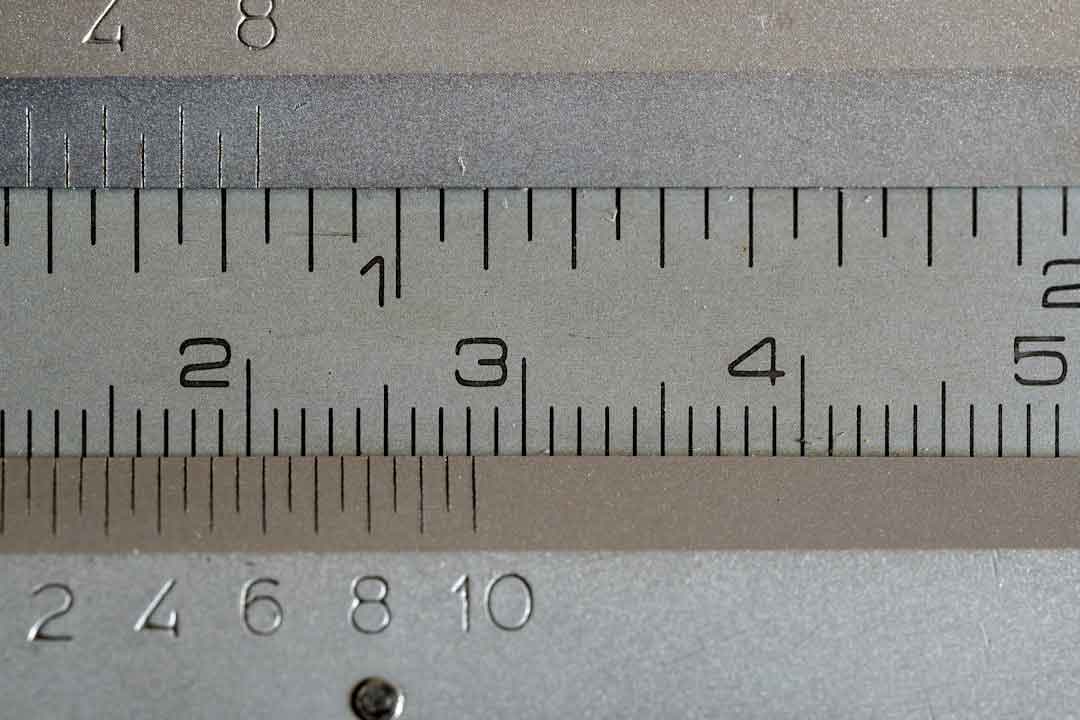
by Bozhin Karaivanov (https://unsplash.com/@bkaraivanov)
Stand with your feet about 6 inches apart and measure from the floor to your crotch. This measurement is vital for determining the stand-over height and ensuring a comfortable fit. Accurate inseam measurement ensures you can straddle the bike safely.
Measuring Your Arm Length
Arm length can influence reach and handlebar positioning. To measure, stand with your arm extended and measure from the shoulder to the wrist. This helps in fine-tuning handlebar reach and comfort.
Measuring Your Torso Length
Torso length affects how stretched out you'll be on the bike. Measure from the base of your neck to the top of your hips. This measurement, combined with arm length, provides insights into overall reach and bike fit.
Considering Additional Measurements
Other measurements, such as shoulder width for handlebar sizing, can also enhance your bike fit. Taking a holistic approach by considering multiple measurements ensures a more tailored fit.
Test Riding and Personal Preference
While charts and measurements provide a solid starting point, nothing beats test riding a bike. Personal preference plays a significant role in bike sizing, and a test ride can help you gauge comfort and fit.
Importance of Test Rides
Test rides allow you to experience the bike's fit and feel firsthand. They provide an opportunity to assess comfort, control, and responsiveness. Even with the right measurements, a test ride can reveal subtle differences that impact your decision.
Evaluating Comfort and Fit
During a test ride, focus on how the bike feels. You should be able to reach the handlebars comfortably without straining, and your legs should have a slight bend at the bottom of the pedal stroke. These aspects are crucial for long-term comfort.
Trusting Your Instincts
Personal preference is subjective. Trust your instincts during a test ride. If something feels off, it might not be the right fit for you, even if the size seems correct on paper. A bike should feel like an extension of your body.
Seeking Professional Advice
If unsure, seek advice from experienced cyclists or bike shop professionals. They can offer insights and recommendations based on your riding style and preferences. Professional guidance can be invaluable in finding the perfect fit.
Adjusting to Fit
Remember, even a well-sized bike might need adjustments. Be open to tweaking components like the saddle, handlebars, or stem to achieve the best fit. These adjustments can fine-tune comfort and performance.
Adjusting the Fit
Even with the right frame size, adjustments might be necessary to achieve the perfect fit. Here are a few tips:
Saddle Height
Ensure your saddle is at the correct height. Your leg should have a slight bend at the knee with the pedal at its lowest point. Adjusting the saddle height can enhance pedaling efficiency and comfort.
Handlebar Position
Adjust the handlebar height and angle to ensure comfort and control. You shouldn't have to overextend to reach the handlebars. Proper handlebar positioning can reduce fatigue and improve handling.
Stem Length
Consider changing the stem length if you feel too stretched out or cramped. A shorter stem brings the handlebars closer, while a longer stem moves them further away. Adjusting the stem length can refine your reach and improve riding posture.
Fine-Tuning Saddle Position
The saddle's fore-aft position can influence comfort and pedaling efficiency. Adjust the saddle forward or backward to find a position that optimizes your riding posture. This adjustment can prevent knee strain and improve overall comfort.
Experimenting with Component Changes
Sometimes, comfort and fit improvements might require component changes. Consider swapping out handlebars, grips, or saddles for options that better suit your preferences. Customizing components can personalize your bike's fit.
Conclusion
Selecting the right gravel bike frame size is a crucial step in ensuring a comfortable and enjoyable riding experience. By understanding key measurements and using a bike size chart, you can find a frame that fits your body and riding style. Remember that personal preference and test rides are essential components of the selection process. With the right frame size, you'll be set for many miles of adventure on your gravel bike.
In summary, take the time to measure yourself accurately, use manufacturer size charts, and don't hesitate to make adjustments to your bike setup. Happy cycling!
The Long-Term Benefits
Investing time in choosing the right frame size pays off with long-term benefits. You'll experience improved comfort, enhanced performance, and reduced risk of injury. This thoughtful approach ensures that your gravel bike is not just a mode of transportation but a source of joy and exploration.
Encouragement for New Cyclists
For newcomers to cycling, selecting the right frame size can be daunting. However, by following this guide and seeking advice from experienced riders, you can make an informed decision. Embrace the process, and you'll soon find yourself enjoying the freedom and exhilaration of gravel biking.
Ongoing Fit Assessment
As you ride more, your preferences and needs may evolve. Periodically reassess your bike's fit to ensure it continues to meet your requirements. Cycling is a dynamic activity, and staying attuned to your bike's fit can enhance your enjoyment over time.



